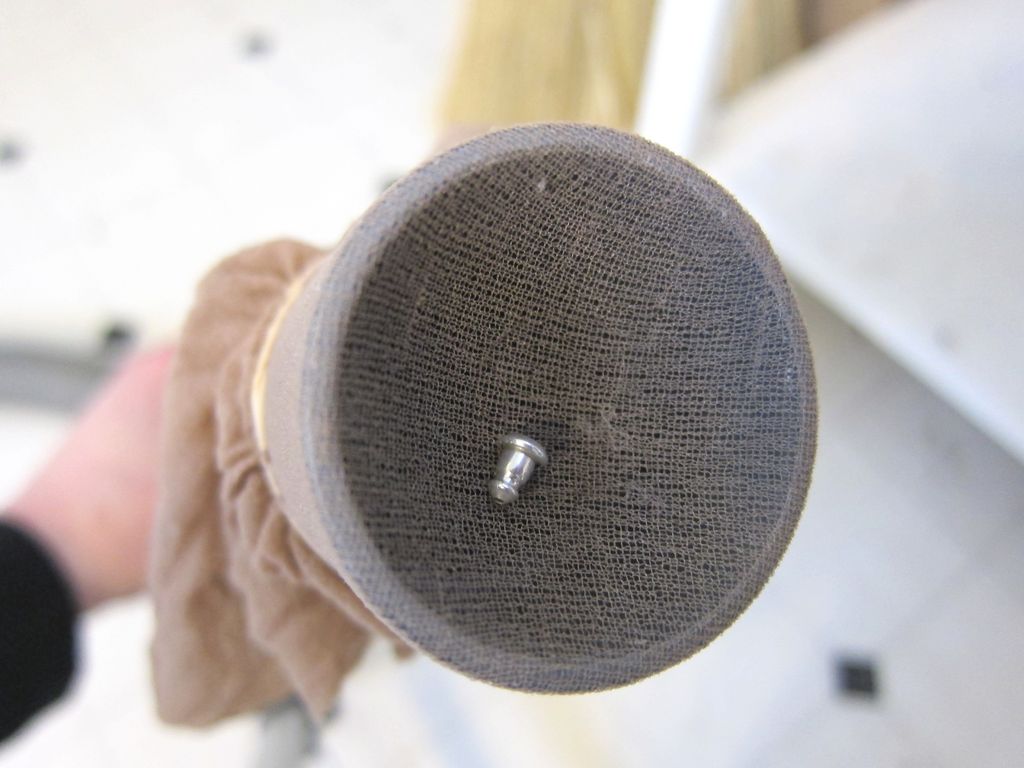Today I had a disaster...
I was searching through a tray of small washers (for a M3.5 size screw for those interested) and I knocked it accidentally and the tray fell out... Needless to say I just wanted to leave it to someone else to clear up but alas it was my wrong doing. So I spent ages picking up all of these tiny washers and other small metal pieces from the floor and I thought there must be a better way.
How can I quickly and easily pick up lots of small metal objects (in this case specifically - washers)?
Methods I have tried:
- Picking up individually - long time
- Sweeping into a pile and then picking up - a more localized long time
- Curling up in a ball and hoping for it to be a dream - not a dream


